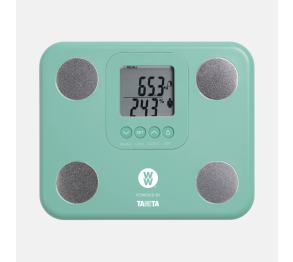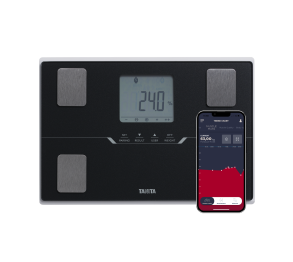Lean Body Mass explained


Like many people, you might well be feeling less interested in losing weight, and more focussed on becoming ‘leaner’. The combination of low body fat and good muscle tone which we think of as lean can be judged by measuring your lean body mass, so in this post we are going to look at lean body mass – what is it, how do you measure it and what is the ‘right’ level for you?
What is included in Lean Body Mass?
Lean body mass includes the weight of all the following elements which make up your body:
- Organs
- Skin
- Bones
- Body Water
- Muscle Mass
How is lean body mass calculated?
Lean body mass is calculated as the difference between total body weight and body fat weight, or more simply, the weight of everything except the fat. The range of lean body mass considered to be healthy is around 70% - 90% with women being towards the lower end of the range and men higher. To calculate your lean body mass at home, the clearest way is to have a body composition monitor which will accurately measure your body fat percentage; if your body fat percentage is 27%, your lean body mass will be 73%. You can also sense check the calculation by measuring your bone mass, muscle mass and total body water, and adding these percentages together, for example you might have the following scores: Total body water 55% Bone mass 5.6% Muscle mass 15% This would give you a lean body mass percentage of 75.6%. We don’t have any control over our bone mass, but our total body water and muscle mass are both thing we can improve with good diet and the right exercise.
Why is lean body mass important?
As your muscles and internal organs have a higher metabolic rate that than the equivalent weight of fat, a good percentage of lean body mass boost your metabolism and make it easier to maintain the healthy weight you want. There is also evidence that a high proportion of lean mass reduces inflammation because the small fat cells in lean individuals promote healthy function, while the enlarged fat cells in overweight or obese people promote inflammation and chronic disease.
Is lean body mass percentage a better measure of health than weight or BMI?
As a person trying to maintain or improve their health, it can be difficult to know which measurements are the most important. Your weight only tells you the total and not how much of that weight is made up of fat and how much of it is healthy muscle. Likewise, your BMI (Body Mass Index) is calculated on your weight and height so it also does not take into account how your weight is comprised. By looking at the elements which make up lean body mass and your overall calculation of lean body mass, you will have a much more accurate picture of how healthy you are and tracking this figure over time will show you the impact of diet and exercise on maintaining or improving your lean body mass percentage.
Improving your lean body mass
You can work towards improving your lean body mass by increasing your healthy muscle (check out our earlier blog post 6 Tips to Improve Your Skeletal Muscle), by making sure you are well hydrated and, if necessary, by working towards reducing your visceral and subcutaneous fat. You will also be working on your lean body mass while you are getting good quality sleep as oxygen and nutrients are carried to your muscle tissues to help their post work-out healing and growth! Whatever your score, understanding your body and your fitness level will put you in a much stronger position to maintain and improve your health, and Tanita are here to help you.





